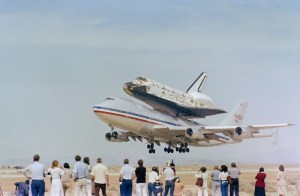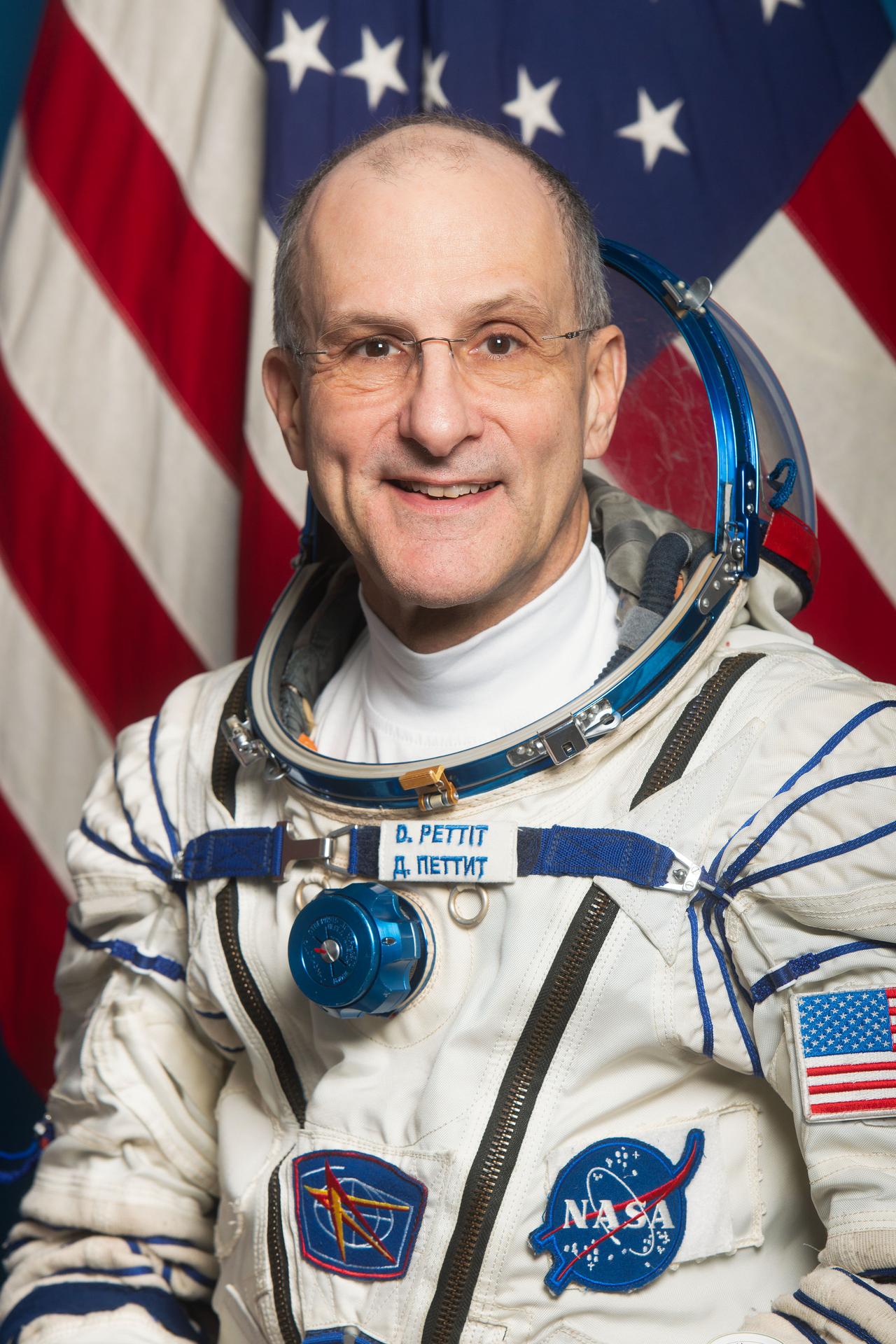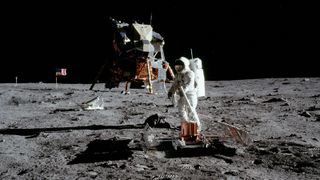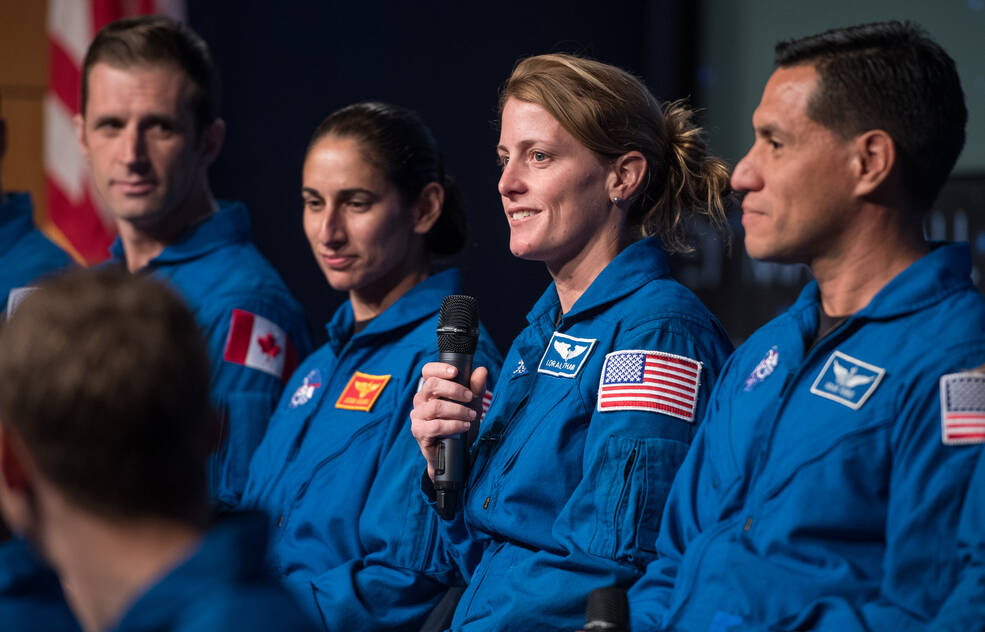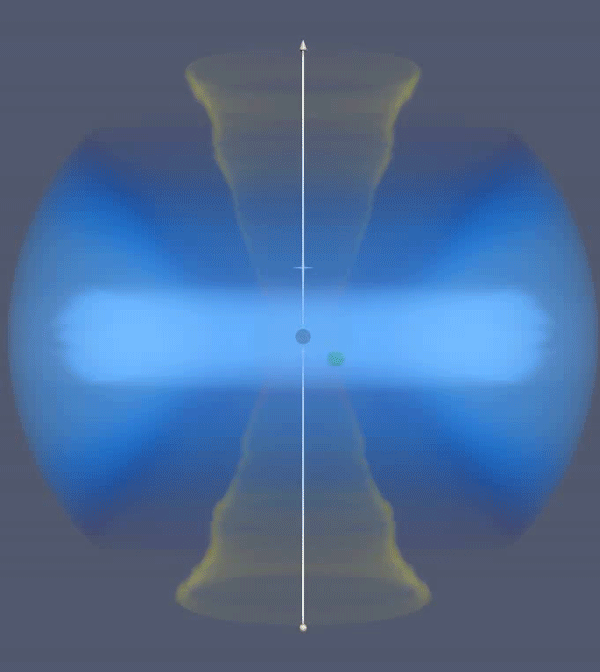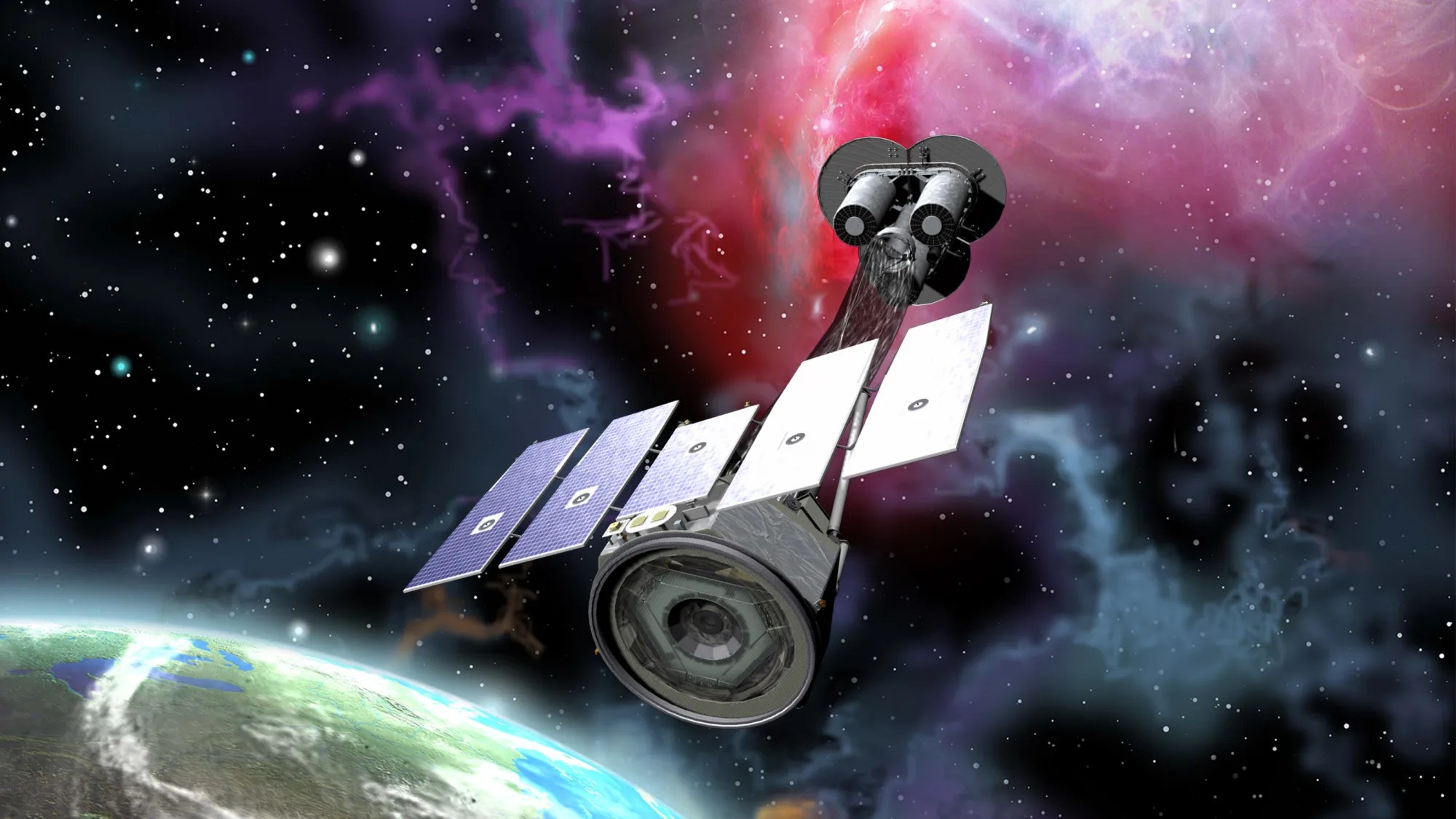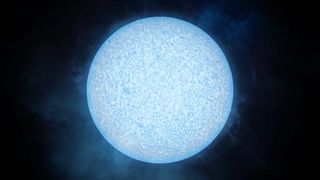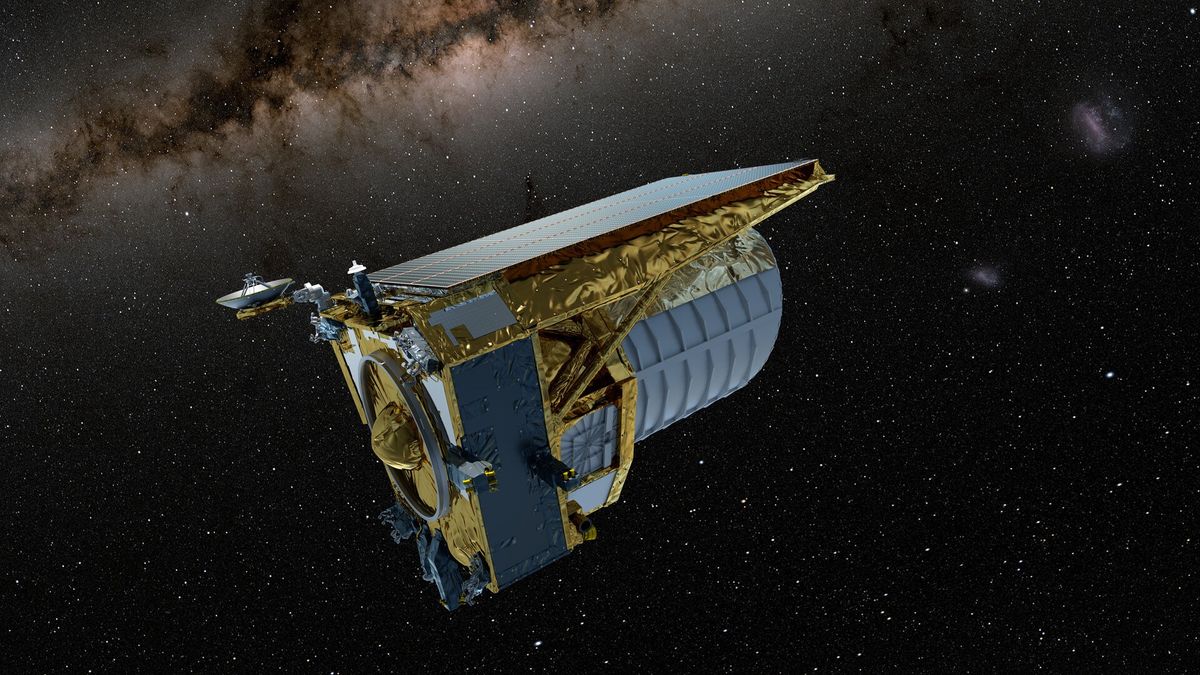5 min read Preparations for Next Moonwalk Simulations Underway (and Underwater) House Representative Statements The following are some of the statements made by Representatives regarding the loss of the Space Shuttle Columbia. February 1, 2003: Representative Sherwood Boehlert PRESS RELEASEDate Released: Saturday, February 01, 2003House Science Committee Boehlert Statement on Space Shuttle Columbia Tragedy WASHINGTON, D.C. —House Science Committee Chairman Sherwood Boehlert (R-NY) today released the following statement on the Space Shuttle Columbia tragedy: “We are in a period of national mourning. Our prayers are dedicated to the heroic crew of the Columbia…
Read MoreMonth: March 2024
NASA Astronaut Don Pettit to Conduct Science During Fourth Mission
NASA astronaut Don Pettit poses for a crew portrait at the Gagarin Cosmonaut Training Center. NASA During his fourth mission to the International Space Station, NASA astronaut Don Pettit will serve as a flight engineer and member of the Expedition 71/72 crew. After blasting off to space, Pettit will conduct scientific investigations and technology demonstrations to help prepare crew for future space missions. Pettit will launch on the Roscosmos Soyuz MS-26 spacecraft in September 2024, accompanied by Roscosmos cosmonauts Alexey Ovchinin and Ivan Vagner. The trio will spend approximately six…
Read MoreOverlooked Apollo data from the 1970s reveals huge record of ‘hidden’ moonquakes
The moon is much more seismically active than we realized, a new study shows. A reanalysis of abandoned data from NASA’s Apollo missions has uncovered more than 22,000 previously unknown moonquakes — nearly tripling the total number of known seismic events on the moon. Moonquakes are the lunar equivalent of earthquakes, caused by movement in the moon’s interior. Unlike earthquakes, these movements are caused by gradual temperature changes and meteorite impacts, rather than shifting tectonic plates (which the moon does not have, according to NASA). As a result, moonquakes are…
Read MoreThe Marshall Star for March 27, 2024
31 Min Read The Marshall Star for March 27, 2024 Marshall Hosts 37th Small Business Alliance Meeting By Celine Smith NASA’s Marshall Space Flight Center hosted its 37th Small Business Alliance meeting March 21 at the U.S. Space & Rocket Center’s Davidson Center for Space Exploration. The event brought together hundreds of attendees from 39 states and 21 countries to network and learn about opportunities to do business with NASA. “Today is about bringing the NASA marketplace directly to small businesses so they cannot only learn about how to get…
Read MoreDiez maneras en que los estudiantes pueden prepararse para ser astronautas
¿Quieres ser astronauta, pero no sabes por dónde empezar? ¡Estas son algunas maneras en las que puedes comenzar tu viaje! Incluso si no aún no reúnes los requisitos para ser astronauta, mediante la Oficina de Participación STEM (ciencia, tecnología, ingeniería y matemáticas) de la NASA, u OSTEM, hay formas de participar en las misiones de la NASA. Echa un vistazo a las 10 mejores maneras de ser astronauta: 1. Solicita una pasantía en la NASA. Convertirse en pasante es la manera perfecta de comenzar con la NASA. ¡Varios astronautas comenzaron…
Read MoreSupermassive black hole’s mysterious hiccups’ likely caused by neighboring black hole’s ‘punches’
A hiccuping supermassive black hole has alerted astronomers to a whole new type of black hole behavior. In 2020, a previously quiet black hole at the heart of a galaxy about 800 million light-years from Earth, and with a mass equivalent to 50 million suns, suddenly erupted, brightening the material around it by a factor of 1,000. A team of researchers thinks that these periodic eruptions are caused by a second, smaller black hole slamming into a disk of gas and dust, or “accretion disk,” surrounding the supermassive black hole, causing…
Read MoreSending “Water” to Europa
NASA’s Europa Clipper spacecraft will carry a special message when it launches in October 2024 and heads toward Jupiter’s moon Europa. The moon shows strong evidence of an ocean under its icy crust, with more than twice the amount of water of all of Earth’s oceans combined. A triangular metal plate, seen here, will honor that connection to Earth. The plate is made of tantalum metal and is about 7 by 11 inches (18 by 28 centimeters). It is engraved on both sides and seals an opening in the electronics…
Read MoreIXPE Operations Update
1 min read IXPE Operations Update On March 23, NASA’s IXPE (Imaging X-ray Polarimetry Explorer) stopped transmitting valid telemetry data. The only previous interruption of IXPE science observations was due to a similar issue in June of 2023. On March 26, using procedures developed following that previous interruption, the team initiated a spacecraft avionics reset to address the issue, which put IXPE into a planned safe mode. The team has confirmed that IXPE is once again transmitting valid telemetry data and is now working to resume science operations, in as…
Read MoreHow are extreme “blue supergiant” stars born? Astronomers may finally know
Astronomers may have solved the mystery of how some of the brightest and hottest stars in the cosmos are born. The team, led by researchers at the Instituto de Astrofísica de Canarias (IAC), found clues that suggest blue supergiants are created when two stars in a binary system spiral together and merge. B-type blue supergiant stars are at least 10,000 times brighter, two to five times hotter and 16 to 40 times more massive than the sun. Blue supergiants are so extreme that scientists have theorized that they may have…
Read MoreEuclid ‘dark universe’ telescope’s vision restored by deicing campaign
The Euclid “dark universe” probe’s ailing vision has been restored after an experimental deicing campaign successfully evaporated ice from the telescope’s mirrors, the European Space Agency (ESA) announced on Tuesday (March 26). Ice layers as wide as a single DNA strand had collected on Euclid‘s mirrors, causing a small but progressive decrease in the amount of starlight the telescope was capturing, the agency said last week. So, scientists began “deicing” Euclid for the first time — from a million miles away — by heating one of its six mirrors…
Read More